Scenarios to help business navigate climate impacts
Together with the Aditya Birla Group, we’ve looked forward to the year 2040, and produced a set of materials to help businesses understand what the journey to climate resilience might look like. We’ve explored four scenarios which can be used as lenses to see into the future, in order to make better decisions today.
The challenge
By now, no one needs reminding just how important it is that we stay below 2°C of warming. Grasping just how disruptive that path will be is another matter.
We know that certain physical impacts of climate change are locked in due to our past emissions. And we know that major changes are necessary in our energy and mobility systems, in how we construct and live our lives if we are to stay under this limit. These ‘physical’ and ‘transition’ impacts are only just beginning to be understood by the business community. Even trickier to understand – and therefore factor into strategy making, innovation and investment decisions – are the different pathways we could take to stay under 2°C. What levers could be pulled, by whom and by when? And, importantly, what does this mean businesses need to take action on now in order to be successful in a below 2°C future?
What we did
Together with the Group Sustainability and Group Strategy teams at the Aditya Birla Group, Forum has produced a suite of materials for those who wish to lead this transition from the front. This report includes:
- “Baseline” infographics conveying the physical changes we can expect in 2040 due to climate change, and the ‘transition’ changes that are needed to get on a <2°C trajectory such as the banning of internal combustion engines and the phase out of much of coal
- Four scenarios that represent different pathways our research tells us are viable from the standpoint of 2018 to limit warming to under 2°C. The scenarios are not predictions or favoured futures.
- Efficiency First: a precarious globalised house of cards where constant and often risky technological innovation, motivated by high carbon prices, is just keeping us on track
- Redefining Progress: a digitally connected, yet highly localised world where priorities in many countries have shifted from rapid growth to healthier growth
- New Protectionism: a splintered world of protectionist blocs, where tackling climate change is a matter of national security
- Service Transformation: a world where the mainstreaming of access over ownership has happened quickly, and globally applied, individual carbon budgets are traded and tracked
- Implications for business in terms of what they must be ready for as the climate changes and efforts ramp up to stay below 2°C
What can you do?
Whether it is part of your Task Force for Climate-related Financial Disclosure (TCFD) reporting, making an investment or innovation decision, or setting your business strategy for success over the next few years, you can use these materials as a tool to inform action. Climate change is no longer something to be resilient to in the future. It is already here, already happening, and leaders of business, government and communities, need to decide how to adapt.
Run your strategy through the scenarios. How would it fare? What risks could it face? What might you do now to minimise those risks? What opportunities for leadership and competitive advantage do you see?
Explore the Scenarios:
These materials were used as the basis of the ABG Sustainable Business conference in September 2018. This meeting of sustainability, strategy, product, supply chain and manufacturing experts from across the Group showcased the baseline, scenarios and, through expert panels and discussion, engaged the participants in understanding the implications for the businesses. The Sustainability Cell is now working to ensure businesses use these materials in strategy and planning going forward.
For more information on how we can support you in using these scenarios please contact Anna Warrington, Director of Forum India.
The team involved in writing these scenarios are ….
Saksham Nijhawan, Anna Warrington, Joy Green, James Goodman, Iain Watt and Pallavi Ahuja
Scenarios and why we use them
Although we cannot predict how the world will change over the next 25 years, we can be confident that it will be very different from today. Future scenarios are a powerful tool to help us imagine different possible future worlds and to better understand how key trends are shaping our world today. They are not predictions or depictions of desirable futures that we wish to promote, and they do not represent our vision of a sustainable future; rather, they aim to challenge, inspire and excite, so that we feel motivated to plan for a better, more sustainable future.
Interested in learning more?
Learn how to apply futures for systems change and become a system change agent
Visit the School of System Change
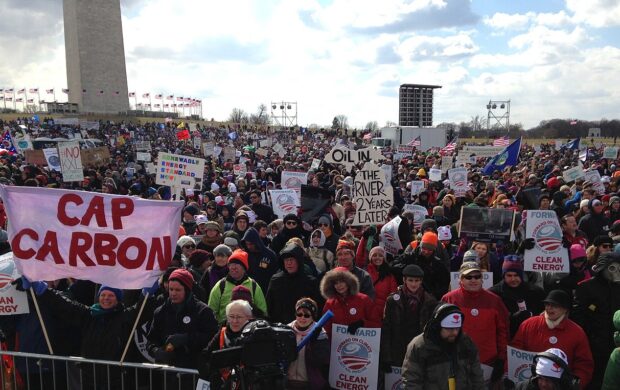




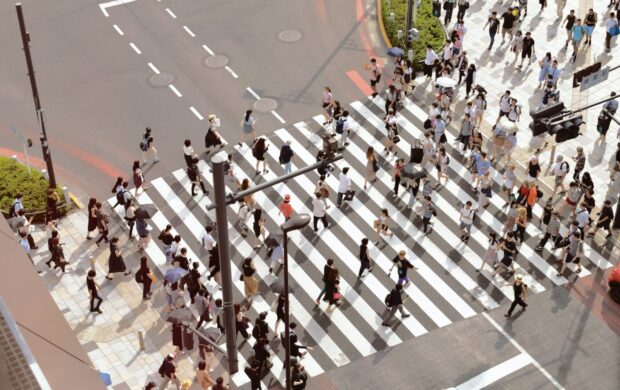

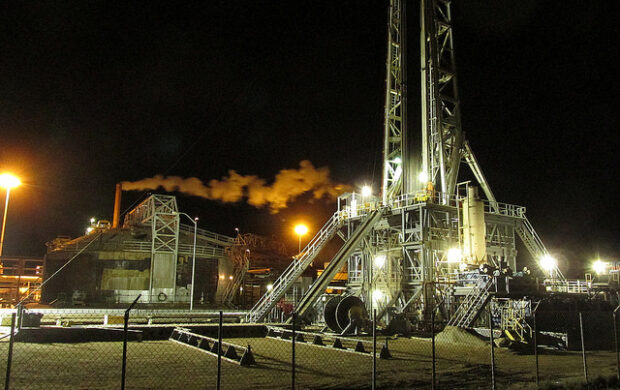

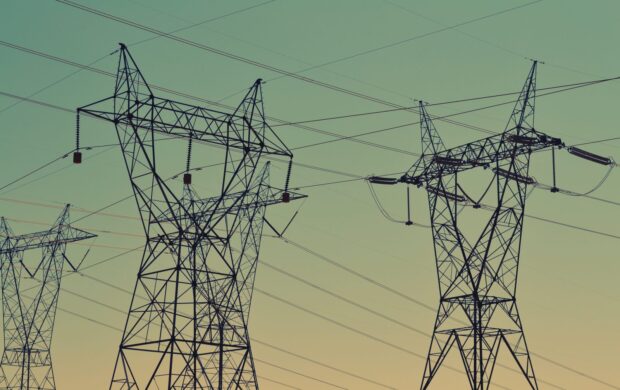
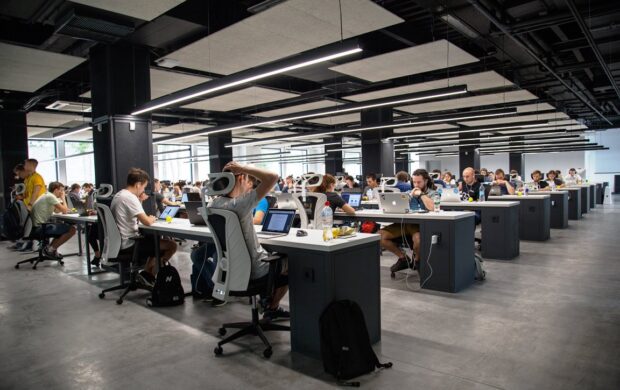

Join discussion